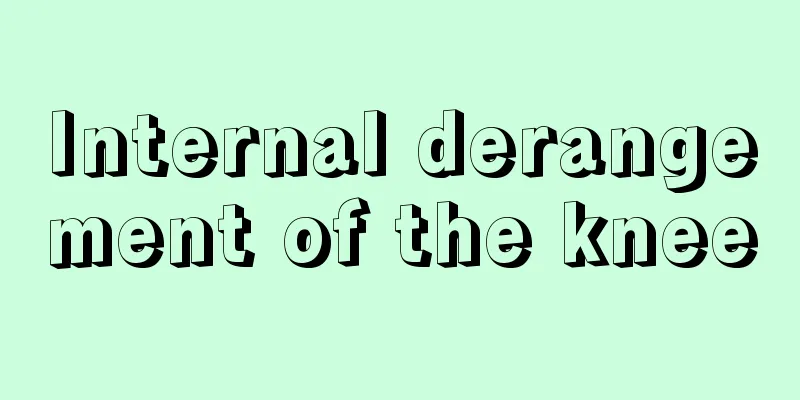Sun Quan - Sonken

|
The first emperor of the Three Kingdoms state of Wu in China (reigned 222-252). His pen name was Zhongmou and his posthumous name was Dadi. He was the son of Sun Jian. In 192, his father Jian died, and in 200, his brother Ce died, so at the age of 19, he became the leader of the Sun clan and inherited his father's business. While repeatedly clashing with and allying with Cao Cao and Liu Bei, he established the state of Wu based on the middle and lower reaches of the Yangtze River. In 208, he allied with Liu Bei to stop Cao Cao's southward advance and fought the Battle of Chibi. After the war, he married his sister to Liu Bei as empress, and the relationship became close, but the conflict between them gradually deepened over the possession of Jingzhou. When Liu Bei entered Shu, he sent his sister back to Wu, allied with Cao Cao, attacked Liu Bei's general Guan Yu, and succeeded in taking possession of Jingzhou. When Emperor Wen of Wei came to power, he was made King of Wu, but he took the title of Huangwu, indicating his own desire for independence (222). After Liu Bei's death, he allied with Shu and came into conflict with Wei. In 229, he became emperor and made Jianye (Nanjing) his capital. He carried out subjugations across the mountains within the country, and also defeated the Shi clan of Jiaozhu, expanding his influence into the Indochina Peninsula, expanding his territory to the south. In his later years, he was preceded by the crown prince, and a succession struggle arose, causing chaos in Wu. [Naotsugu Kano] Source: Shogakukan Encyclopedia Nipponica About Encyclopedia Nipponica Information | Legend |
|
中国、三国呉(ご)の初代皇帝(在位222~252)。字(あざな)は仲謀、諡号(しごう)は大帝。孫堅(そんけん)の子。192年父の堅が死に、200年兄の策が没したので19歳で孫氏の統領となり、父兄の事業を受け継いだ。曹操(そうそう)や劉備(りゅうび)と対立、同盟を繰り返しつつ、揚子江(ようすこう)中・下流域を基盤に呉国を建てた。すなわち208年、劉備と同盟して曹操の南下を食い止め、赤壁(せきへき)の戦いを行った。戦後は妹を劉備の皇后として嫁がせ、その関係を密接にしたが、荊(けい)州領有をめぐってしだいに対立を深め、劉備の入蜀(しょく)を機に妹を呉に帰らせ、曹操と同盟して劉備の武将関羽(かんう)を攻め、荊州領有に成功した。魏(ぎ)の文帝がたつと呉王に封じられたが、年号を独自に黄武とし、独立の意を示した(222)。劉備の死後、蜀(しょく)と同盟し魏と対立した。229年帝位につき、都を建業(けんぎょう)(南京(ナンキン))に定めた。国内においては山越えの討伐を行い、また交州の士氏を倒してインドシナ半島にも勢力を伸ばすなど、南方に領土を広げた。晩年皇太子に先だたれ、後継争いが起こり、呉は混乱した。 [狩野直禎] 出典 小学館 日本大百科全書(ニッポニカ)日本大百科全書(ニッポニカ)について 情報 | 凡例 |
<<: Songkhoi [river] - Songkhoi
Recommend
Auger, P.
…One is the process in which an electron in a sha...
Action movie
[Action films as the starting point of Japanese f...
Nemalionopsis turtuosa Yoneda et Yagi
A freshwater red alga of the family Ceruleaceae th...
Koppou
〘noun〙① The bone structure of the body. Skeleton. ...
Otomo no Komaro
Year of death: Tenpyo Houji 1.7 (757) Year of birt...
Pier - Sanbashi (English spelling)
A type of mooring facility for ships, it has a st...
Tower - Tacchu
A branch temple located within the grounds of the...
Polytremis pellucida
… The Pelopidas agna , found south of the Yaeyama...
Organic psychosis
Psychosis caused by organic or morphological chang...
Sliding door - Aoshi
〘Noun〙① = Ao (sliding door)③※Saidaiji Zaizairyukic...
Miao people (Miao) - Miao people (English spelling)
A tribe living in southwestern China, as well as i...
Shooting stick
…The distinctive design feature is the shape of t...
Bytownite
One of six types of plagioclase. Chemically, it i...
Aeridopsis
...Cultivation through crossbreeding has also bee...
Heterotopic focus
…These are caused by degeneration of the conducti...









